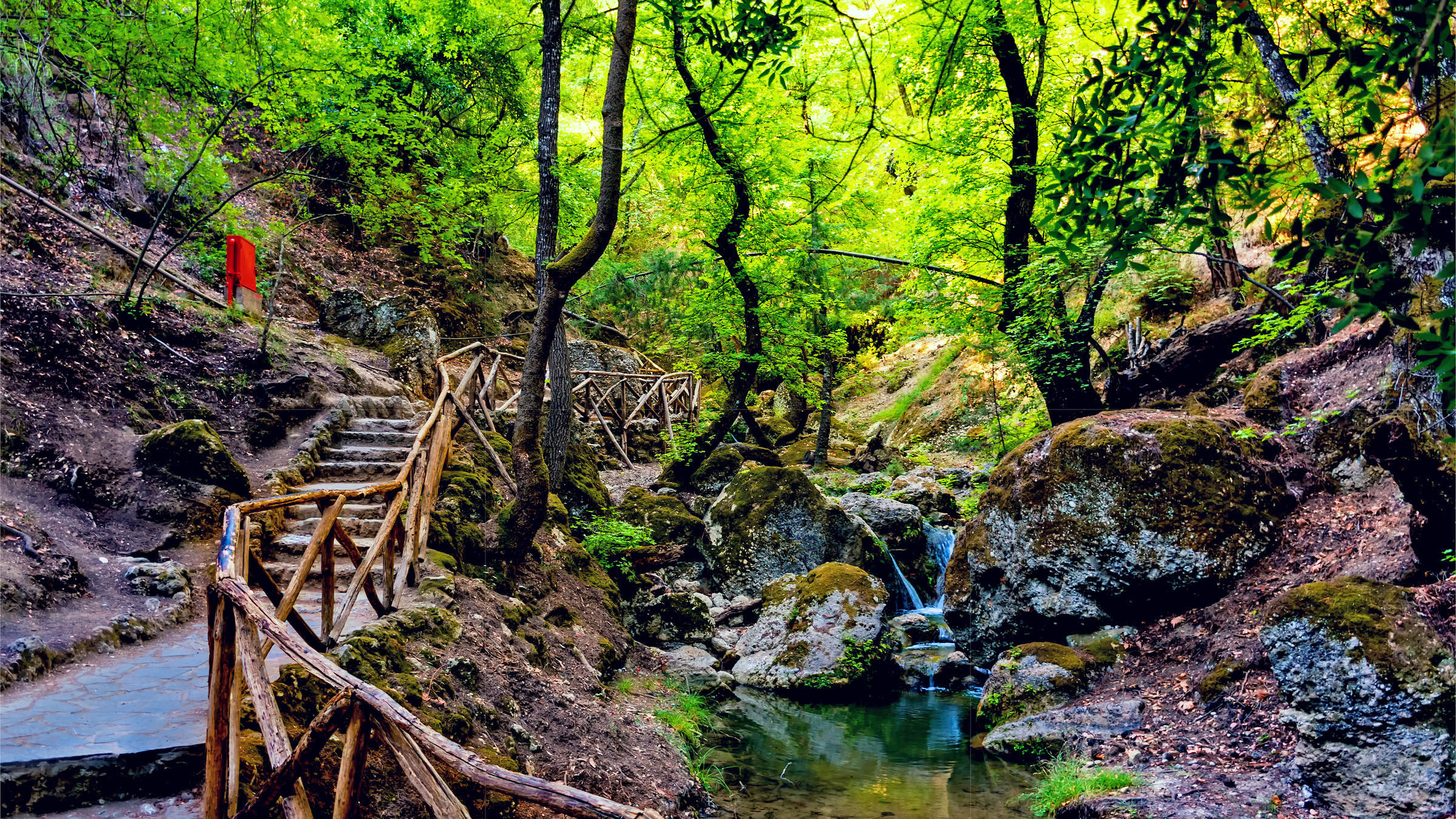
The History of Rhodes: A Comprehensive Overview
Rhodes is one of the most beautiful islands in Greece, renowned for its natural beauty, fascinating history, and stunning architecture. Located in the eastern Aegean Sea, Rhodes is the largest of the Dodecanese islands and has been inhabited since prehistoric times. Its rich history has seen it fall under the rule of numerous empires, including the Greeks, Romans, Byzantines, Knights of St. John, Ottomans, and Italians. Today, Rhodes is a popular tourist destination that attracts millions of visitors each year. In this article, we will take a comprehensive look at the history of Rhodes, from its earliest days to the present.
Prehistoric Rhodes
The island of Rhodes has been inhabited since prehistoric times, with evidence of human presence dating back to the Neolithic period. In the Bronze Age, the Minoans from Crete established a settlement on the island, and Mycenaean Greeks followed in the 16th century BC. During the 15th century BC, the island became part of the Hittite Empire and later, the Mycenaean Empire. In the 5th century BC, Rhodes joined the Delian League, a military alliance led by Athens.
Classical Rhodes
During the Classical period, Rhodes became a major center of commerce and culture. The city of Rhodes was founded in 408 BC and soon became an important maritime power. The island’s strategic location at the crossroads of major trade routes made it a hub for merchants from all over the Mediterranean. In 305 BC, the people of Rhodes erected the Colossus of Rhodes, one of the Seven Wonders of the Ancient World.
Rhodes under Roman rule
In 164 BC, Rhodes became part of the Roman Empire. The island continued to prosper, and the city of Rhodes remained a center of trade and learning. The famous Roman orator Cicero studied in Rhodes, and the island was home to one of the greatest libraries of the ancient world.
Rhodes under Byzantine rule
In the 5th century AD, Rhodes came under Byzantine rule. The island’s strategic location made it an important fortress against Arab attacks, and the Byzantines built a series of castles and fortifications to defend the island.
Rhodes under the Knights of St. John
In the 14th century, Rhodes came under the rule of the Knights of St. John, a military order of knights established during the Crusades. The Knights of St. John transformed Rhodes into a major center of medieval art and architecture. They built the famous Palace of the Grand Masters and a network of defensive walls and towers that still stand today. The Knights of St. John ruled Rhodes until 1522, when they were defeated by the Ottoman Turks.
Rhodes under Ottoman rule
After the fall of the Knights of St. John, Rhodes came under Ottoman rule. The island continued to be an important center of trade, and the Ottomans built a number of mosques, public baths, and other public buildings on the island.
Rhodes under Italian rule
In 1912, Rhodes became part of the Italian Empire. The Italians modernized the island, building new roads, schools, and hospitals. They also restored many of the island’s ancient buildings, including the Palace of the Grand Masters. However, their rule was not without controversy, and there were numerous protests and uprisings against Italian rule.
Rhodes after World War II
After World War II, Rhodes became part of the independent state of Greece. The island has continued to be an important tourist destination, attracting millions of visitors each year. Its stunning natural beauty, rich history, and vibrant culture make it a must-visit destination for anyone traveling to Greece.
You can check out our Tours and Transfers here :


